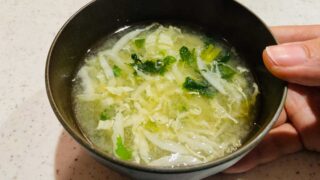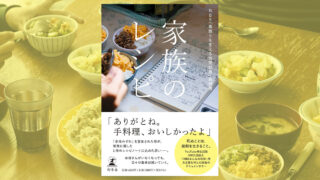[ad_1]
Asian fusion recipes have become increasingly popular in recent years, as people are eager to explore the diverse and complex flavors of Asian cuisine. One staple ingredient in many Asian fusion recipes is soy sauce, a savory, umami-rich condiment that adds a depth of flavor to any dish.
Why Use Soy Sauce in Asian Fusion Cooking
Soy sauce is a key ingredient in many Asian cuisines, including Chinese, Japanese, Korean, and Thai. Its rich, salty flavor adds depth and complexity to dishes, making it a versatile addition to a wide range of recipes. Whether you’re creating a traditional Asian dish or experimenting with fusion cuisine, soy sauce can enhance the flavor profile of your creations.
Popular Asian Fusion Recipes with Soy Sauce
There are countless ways to incorporate soy sauce into your Asian fusion cooking. Here are a few popular recipes to get you started:
- Soy-Glazed Salmon: Marinate fresh salmon in a mixture of soy sauce, brown sugar, minced garlic, and ginger, then broil or grill for a delicious and flavorful main dish.
- Asian Noodle Salad: Toss cooked noodles with a dressing made from soy sauce, sesame oil, rice vinegar, and a touch of honey. Add fresh vegetables, tofu, or grilled chicken for a complete meal.
- Korean BBQ Tacos: Fill soft tortillas with sliced grilled beef marinated in soy sauce, brown sugar, and sesame oil. Top with kimchi, fresh cilantro, and a drizzle of spicy gochujang sauce for a fusion twist on classic tacos.
Tips for Cooking with Soy Sauce
When using soy sauce in your Asian fusion cooking, keep these tips in mind:
- Use low-sodium soy sauce to control the saltiness of your dishes.
- Experiment with different types of soy sauce, such as light soy sauce, dark soy sauce, and tamari, to discover new flavors and textures.
- Balance the salty flavor of soy sauce with a touch of sweetness from ingredients like sugar, honey, or mirin.
- Combine soy sauce with other umami-rich ingredients, such as fish sauce, miso paste, or oyster sauce, to amplify the depth of flavor in your dishes.
Conclusion
Incorporating soy sauce into your Asian fusion cooking can open up a world of possibilities for creating flavorful and unique dishes. Whether you’re a seasoned home cook or new to the world of Asian cuisine, experimenting with soy sauce can add depth and complexity to your cooking. From marinades and dressings to stir-fries and grilled dishes, the versatility of soy sauce makes it a valuable addition to any kitchen. Get creative and explore the endless possibilities of incorporating soy sauce into your Asian fusion recipes!
FAQs
Q: Is soy sauce gluten-free?
A: Traditional soy sauce is not gluten-free, as it is made from fermented soybeans and wheat. However, there are gluten-free alternatives, such as tamari, that can be used in place of traditional soy sauce.
Q: Can I use soy sauce as a substitute for salt in my recipes?
A: While soy sauce can add saltiness to a dish, it also contributes a unique umami flavor that is different from plain salt. It’s best to use soy sauce as a complementary seasoning rather than a direct substitute for salt.
Q: How long does soy sauce last once opened?
A: When stored in the refrigerator, soy sauce can last for several months to a year after opening. Be sure to check the expiration date on the bottle and use it within a reasonable timeframe for the best flavor.
[ad_2]








Comments